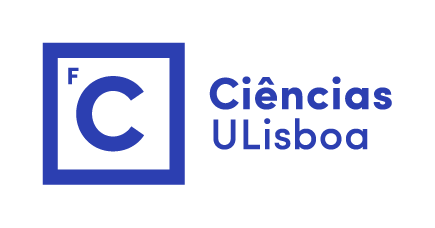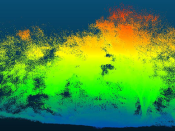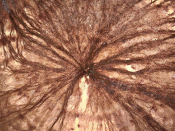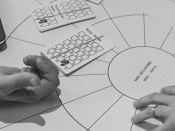
Por Leonid Berlyand (Penn State University).
We begin with a brief overview of the rapidly developing research area of active matter (a.k.a. active materials). These materials are intrinsically out of equilibrium resulting in novel physical properties whose modeling requires the development of new mathematical tools. We focus on studying the onset of motion of a living cell (e.g., a keratocyte) driven by myosin contraction. We introduce a minimal two-dimensional free-boundary PDE model that captures the evolution of the cell shape and nonlinear diffusion of myosin.
We first consider a linear diffusion model with two sources of nonlinearity: Keller-Segel cross-diffusion term and the free boundary that models moving/deformable cell membranes. Here we establish asymptotic linear stability and derive the explicit formula for the stability-determining eigenvalue.
Next, we consider the effect of nonlinear myosin diffusion, which results in the change of the bifurcation type from super- to subcritical, and we obtain an asymptotic representation of the bifurcation curve (for small velocities). This allows us to derive an explicit formula for the curvature at the bifurcation point that controls the bifurcation type. In the most recent work in progress with the Heidelberg biophysics group, we study the relation between various types of nonlinear diffusion and bistability.
Finally, we discuss novel mathematical features of this free boundary model with a focus on non-self-adjointness, which plays a key role in the spectral stability analysis. Our mathematics reveals the physical origins of the non-self-adjoint of the operators in this free boundary model.
Joint works with A. Safsten & V. Rybalko (Transactions of AMS 2023, and Phys. Rev. E 2022), with O. Krupchytskyi &T. Laux (Preprint 2024), and with A. Safsten & L. Truskinovsky ( Arxiv preprint 2024). This work has been supported by NSF grants DMS-2404546, DMS-2005262, and DMS-2404546.
Transmissão via Zoom.













